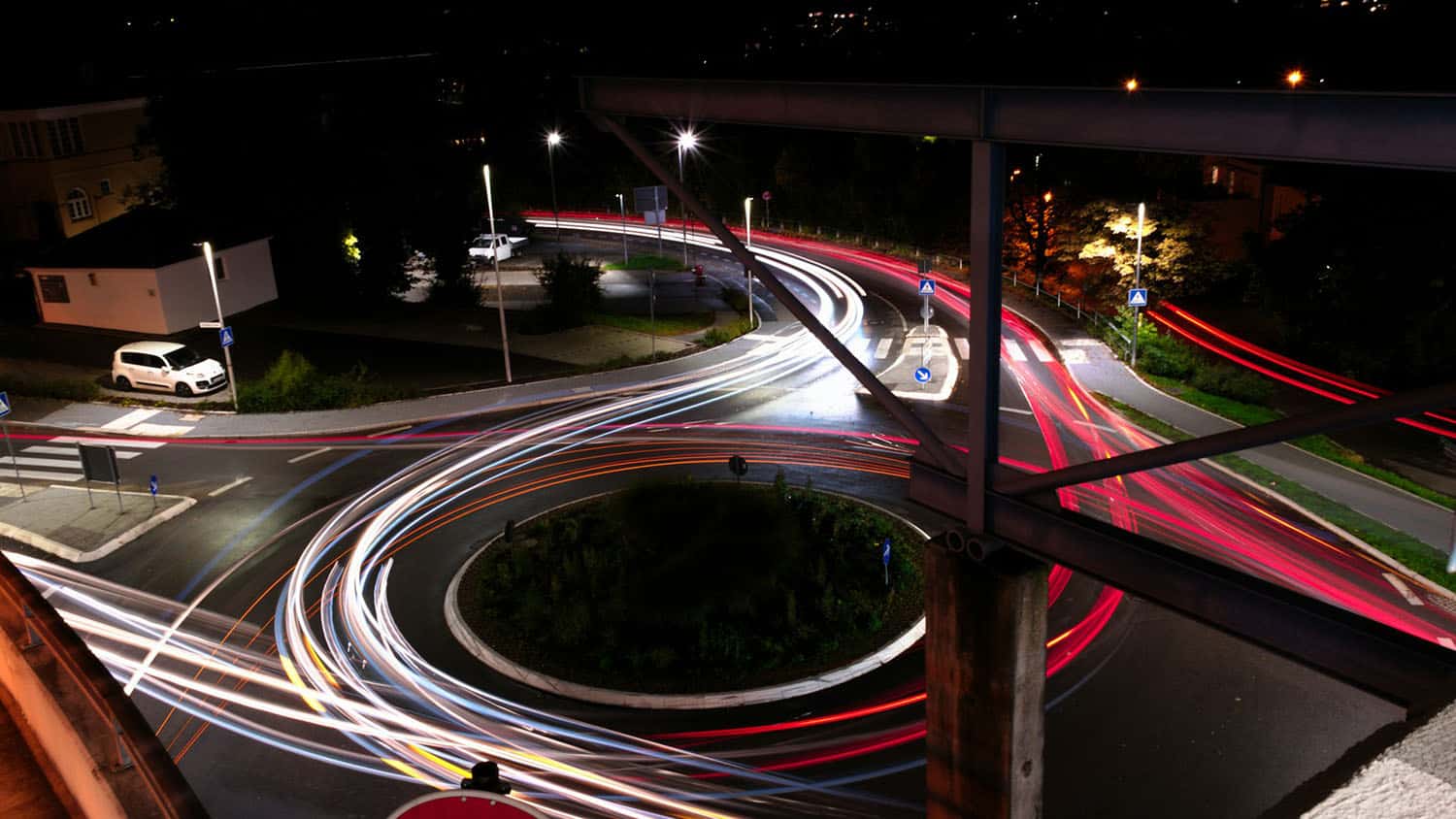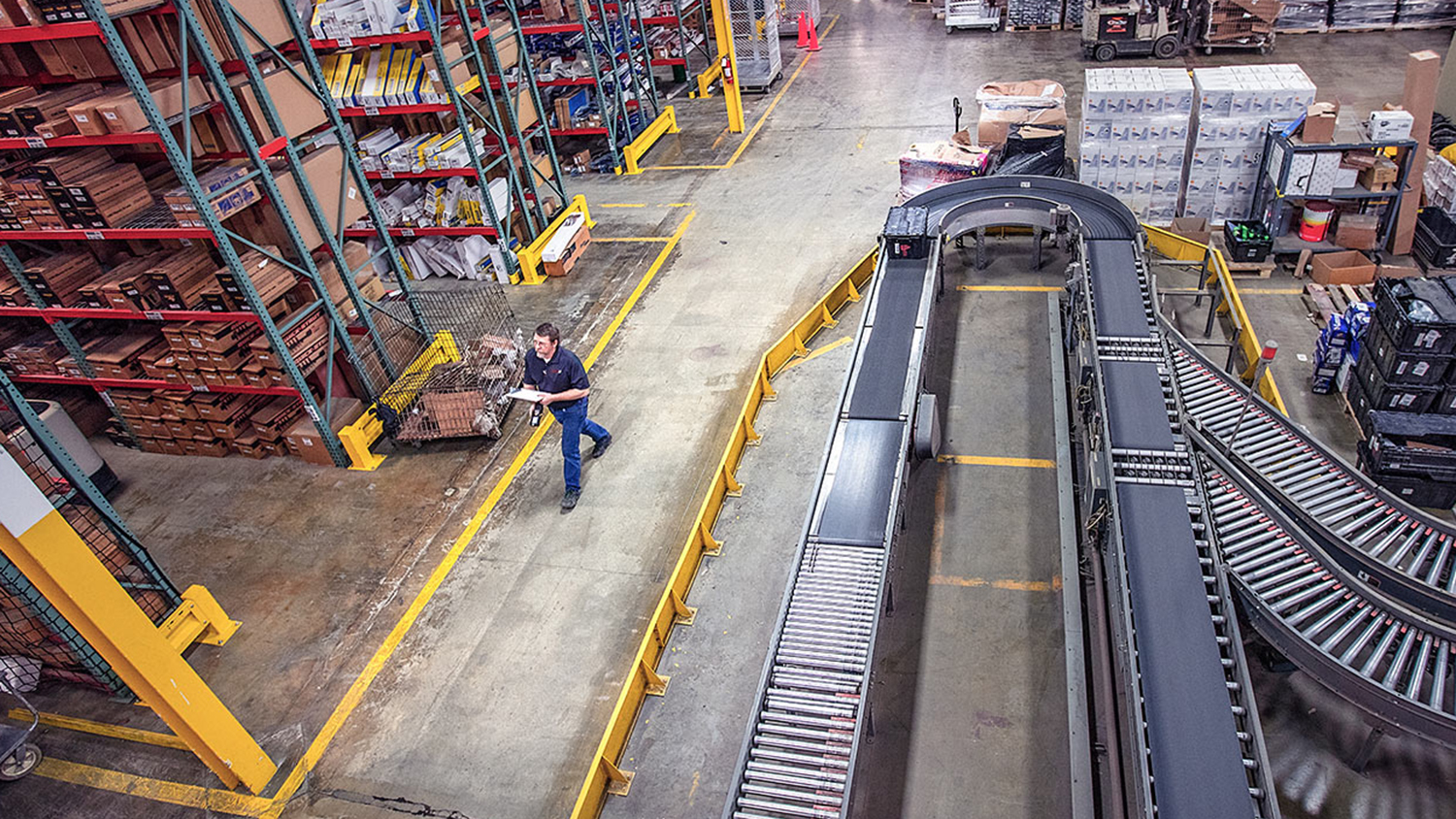Roundabouts, circular intersections that grant right of way to drivers inside the circle, are an increasingly common feature of U.S. roads – in part because they reduce both traffic delays and accidents. However, they rely on the judgment of drivers to ensure traffic flows smoothly, which raises the question: can driverless vehicles navigate roundabouts safely and efficiently?
“When people talk about autonomous vehicles, they’re really talking about two different things,” says Ali Hajbabaie, an expert on autonomous vehicles and associate professor of civil, construction and environmental engineering at NC State University. “First, you have autonomous vehicles (AVs) that are operating entirely independently – this is the most basic concept of the driverless car. Second, you have connected autonomous vehicles (CAVs), which share information with each other and coordinate their movements to operate more efficiently.
“There is a lot of research being done on both AVs and CAVs. And while the work shows that both AVs and CAVs improve traffic safety, the results regarding the impact on traffic flow is somewhat mixed,” Hajbabaie says. “AVs can actually slow down traffic in some situations, while CAVs improve traffic flow across the board.
“It’s important to note that almost all of this work has been done in simulations, rather than real-world tests, but it’s worth looking at what those simulations can tell us so far about the potential impact on roundabouts.”
Why Are Roundabouts Important?
In the late 1990s, there were fewer than 500 roundabouts in the United States. But there are now more than 10,000 – and the number is increasing rapidly, with more than 500 roundabouts being added to U.S. roads each year for the past decade.
“Roundabouts are an increasingly common traffic feature, particularly in high population areas, which makes it critical that AVs and CAVs be able to navigate roundabouts,” Hajbabaie says. “This is something I’ve been studying for years, and the results are encouraging.”
Hajbabaie and a former Ph.D. student, Rasool Mohebifard, developed a methodology that could be used by CAVs to govern their movement through roundabouts, based on both the movement of other CAVs and the movement of other (human-driven) vehicles.
How Much Do CAVs Improve Traffic?
The researchers tested the methodology in simulations and found that it was safe. They also found the methodology significantly improved how quickly all vehicles were able to travel through the roundabout – including the vehicles with human drivers.
“The travel efficiency varied depending on what percentage of the traffic was made up of CAVs – the more CAVs there were, relative to other vehicles, the more quickly traffic moved,” Hajbabaie says. “If 20% of the vehicles were CAVs, travel times were reduced by 2.8% in areas that experience high traffic volume. If all the vehicles were CAVs, travel times were reduced by 35.8%.
“But these numbers are affected by a host of variables, including the amount of traffic. For example, the numbers I just gave were for areas where each lane of traffic contains 900 vehicles per hour. If there were somewhat less traffic – around 600 vehicles per hour in each lane – and 20% of the vehicles were CAVs, then travel times were reduced by 13.5%.”
Hajbabaie’s research on CAVs in roundabouts was published in 2021 in the journals Computer-Aided Civil and Infrastructure Engineering and Transportation Research Part C. However, his work on CAVs and roundabouts has since moved forward.
Hajbabaie and his team are currently focused on gaining a deeper understanding of the interactions between CAVs and human-driven vehicles to more accurately estimate the effects of CAVs on traffic flow. They are also preparing to implement their algorithm in CAVs navigating a roundabout in the real world.
“Initial tests will be conducted on closed roads in a fully controlled environment,” Hajbabaie says. “Subsequent phases will involve testing alongside human-driven vehicles on closed roads, followed by trials on public roads.”



